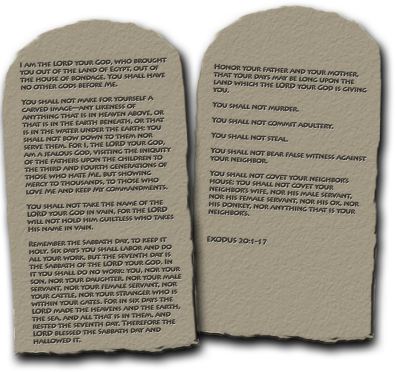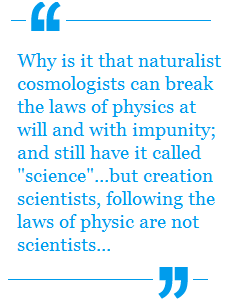 Do you recognize false materialist propaganda when you see it? Christians must expose the deceit of materialist atheist propaganda |
“For though we live in the world, we do not wage war as the world does.
The weapons we fight with1 are not the weapons of the world. On the contrary, they have divine power to demolish strongholds.
We demolish arguments and every pretension that sets itself up against the knowledge of God, and we take captive every thought to make it obedient to Christ.”
2 Cor 10.3-5
As the above scripture illustrates, the spiritual walk of a Christian living in a secular world is often compared to warfare. Correction – it is not compared to warfare, scripture states Christians are in fact engaged in a protracted, ongoing war. We are locked in battle with an enemy intent on killing us. Failing that, the enemy wants to cause as much damage as possible to his foe – the creator of the heavens and the earth. Since the enemy – Satan – is powerless to harm God, he has turned his attacks on all that God loves and has created. Thus his targets have become – first and foremost – the pinnacle of God’s creation: mankind – those created in the image of God.
It is that image the enemy tries to mar and efface by incessant attempts to get individuals to sin, and thus bring upon him or herself the soiling or preferably effacing of God’s image. The war on mankind extends to attacks on the family (which in these days have become obvious). The numerous attempts to redefine what “family” is, the attacks to redefine what “male” and “female” consists of, are all part of the battle. Also in the cross hairs: attacks on worship of the one true God. Judging by the many religions; that is one target with which he’s had much success at attacking.
But these targets are just means to an end, for the real goal is to deny God the glory he so richly deserves, by stealing that glory and appropriating it to himself. Though he tried to hide his plans, Satan could not keep them secret from the Lord God who knows the thoughts of every heart:
You said in your heart, “I will ascend to heaven; I will raise my throne above the stars of God; I will sit enthroned on the mount of assembly, on the utmost heights of the sacred mountain.
I will ascend above the tops of the clouds; I will make myself like the Most High.”
Isaiah 14. 13-14
With that in his heart it’s easy to see why Satan hates the antiphonal calling of the angels in heaven:
Holy, holy, holy, is the LORD of hosts: the whole earth is full of his glory.
Isaiah 6.3
Yet being powerless to change anything that happens in heaven, the enemy has instead put a target on the back of every Christian. The question to Christians is, do we behave like we’re in a war zone? Or do we blithely go through our existence acting as if our life is a stroll through the park; seemingly either ignorant or unconcerned about the battle raging all around us? Continue Reading











